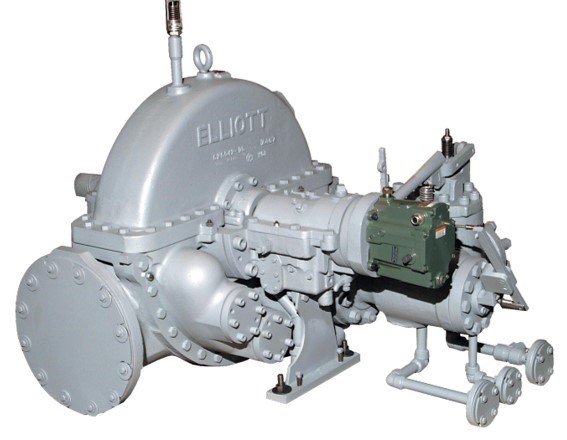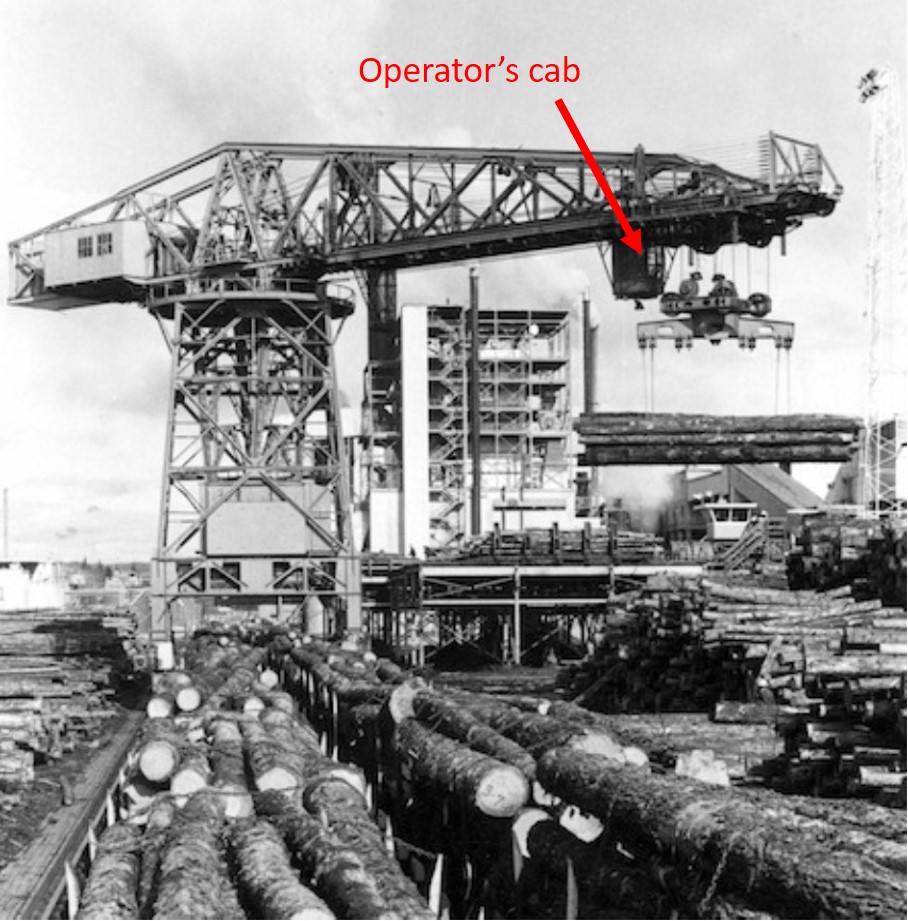As a maintenance mechanic it almost goes without saying that an essential step in most detailed work plans is to check your work before you hand the equipment back to the operator. Sometimes that’s very simple – after you change a light bulb, flick the switch to make sure it works, or if you remove a door to make a floor repair, check that it closes properly when you replace it, and if you’re a conscientious maintenance person, you might even lubricate the hinges.
However, checking your work is sometimes more difficult and complex but it is essential, both for reliability and for safety. The B.C. Worksafe Regulations state
“Before any equipment, machinery or work process is put into operation the persons responsible for doing so must ensure that …… no person will be exposed to undue risk by putting the equipment, machinery or work process into operation”.
This suggests that its the operator’s responsibility to ensure that the equipment is safe, but the person who performs any maintenance has an equal responsibility to make sure that the equipment itself is ready for safe operation before handing it back to the operator.
Let’s look at a pump as an example of a typical maintenance job. If the problem was a bearing failure and the scope of the repair was to replace the rotating assembly, there are three levels of checks that should be completed:
- Prior to unlocking and applying power. These checks should include a general inspection, such as checking the impeller clearance, checking that all fasteners are tight (including base bolts and other fasteners that were not disturbed during the repair), checking lubrication, installing a new vent filter, checking the cold spring on attached piping if it is hot during operation, checking and recording the alignment, making sure there is adequate sealing and cooling water and even checking and touching up the paint.
- Immediately after powering up (with the operator). Check rotation, check for leaks, take a base vibration reading, etc. There should also be a “system check”. For a pump this could include ensuring that flow and level controls are working properly. Sometimes pump bearings fail because faulty controls have forced the pump to operate outside its design flow/head range.
Complex group lockouts or other factors may cause a delay from the time maintenance is completed to the time equipment can be started up, so work scheduling needs to take this into account.
- After a short period of operation. It may be necessary to do a hot alignment check, retorque some fasteners, etc.
In some cases equipment safety and protection systems need to be tested prior to startup. These tests do, of course, have two possible outcomes – they can pass or fail. The testing procedure must take into account both of these possibilities. The consequences of a failed test can be serious.
For example, some mechanics had repaired a 1000hp steam turbine, like the one in the picture below.

Part of the pre-startup testing procedure included an “overspeed trip test” where the turbine is supposed to be uncoupled from the load and run up to just over its normal operating speed when the automatic trip valve should close. Previous overspeed tests had always been successful, which may have resulted in some complacency, because on this occasion the trip valve failed to close and before the steam could be shut off manually, the turbine ran out of control and exploded. It was just good luck that no one was injured by the escaping 900 psi steam and metal fragments.
Another example – the crane shown below is a large dockyard hammerhead crane that had been converted for unloading logs off rail wagons.

The safety regulations that applied at the time required that all cranes be subjected to a 10% overload test once a year and after certain maintenance work. The procedure for this test required the operator to sit in his cab and lift a large concrete deadweight. The test had always been successful, and I’m quite sure the operator hoped that it would stay that way. Tests must be designed to be safe even if they fail.
Of course, if maintenance is carried out on safety systems, such as vehicle brakes and steering, pressure relief valves, emergency shut-off valves for hazardous chemical systems and so on, the final inspection and testing should always be documented and recorded and may sometimes require checking and signing off by more than one person.
To return to the Articles index click here.
© Veleda Services Ltd
Don Armstrong, P.Eng, President
don.armstrong@veleda.ca